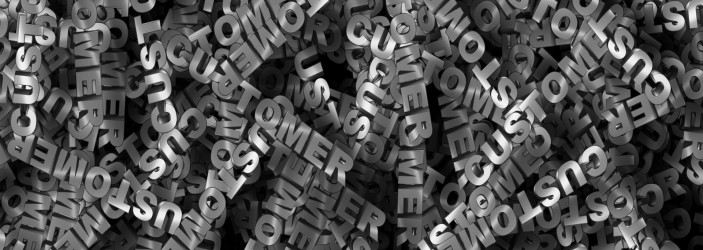Search

Types of Customers
Objective, Different Types Of Customer, and Handling Various Types Of Customers.
Created By: Roopesh Sekhar
Objective -
Types of Customers -
Customers can be generally classified into four broad categories, based on their attitudes. They are;
A] Talkative -
These customers are easily distracted and start talking about issues other than what is necessary. They are harmless customers, but spending too much time with such a customer can also effect your performance. In dealing with such customers, it is essential to follow the following;
B] Assertive -
C] Irate -
"I’m sorry" DOES work. Every once in a while, I hear from a CSR that tells me they don’t feel they should say "I’m sorry" when it wasn’t their fault. Well, as stated above, in the customer’s mind, it is your fault. Saying you’re sorry won’t fix the problem, but it definitely does help to diffuse it immediately. Try it. You’ll see.
Empathize immediately -
Immediate action -
Ask the customer -
Ask what would make them happy. In a few rare cases, the customer can be a most difficult one. If you have tried what you considered "everything," simply ask the customer: "What can I do to make you happy, Mr. Jones?" In most cases, it may be something you’re able to do. You just may not have thought of it. So go ahead and ask them.
Service Recovery -
Understand the true meaning of Service Recovery. Service Recovery is not just fixing the problem. It’s making sure it won’t happen again. It’s listening to the customer. It’s going above and beyond.
Follow up -
FOLLOW UP. After you feel the problem has been fixed, follow up. After you’ve made the customer happy, make an extra phone call a day or so later. Be sure to ask them: "Have we fixed everything for you?" "What else can we do for you?" Be sure they’re satisfied. When you hear: "Thanks, you’ve done a great job. I appreciate it." Then you know you’ve achieved SERVICE RECOVERY!
D] Abusive -

My name is Rahil. Though belonging to a very humble household where we could barely make ends meet I always had big aspirations. I am pursuing my B.E. in Mechanical Engg. from AIKTC School of Engineering and Technology, New Panvel. However like all good things, Education also comes with an ... Read more
Inform your friends about AMP so that they can also be a part of this great platform.
Keep yourself updated about all the AMP Activities so that you can contribute wherever you can.
Ration Kits Distribution during #Covid
ETV Bharat - 11 May, 2021
AMP Provides Education Scholarships for 100 Covid-19 Orphans
The Times of India - 1 Sep, 2021
Charity in Ramzan, goes online to uplift the needy
The Times of India - 18 Mar, 2024
* Both fields are required.
